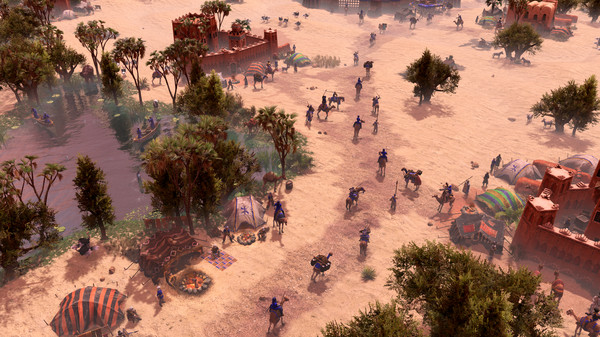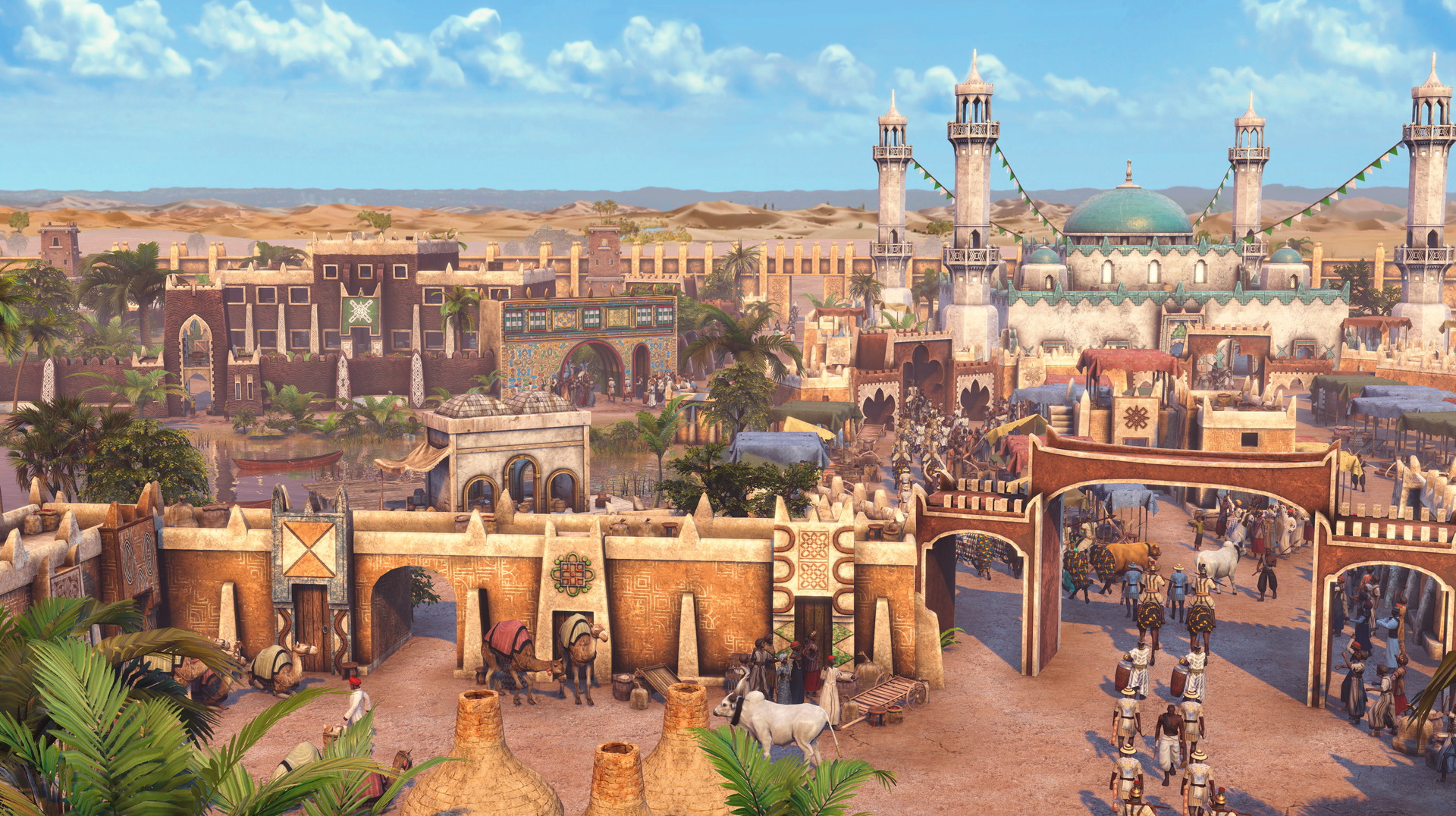


Native warriors are upgraded automatically. Minor civilization units, technologies, and Mercenaries' costs are replaced by influence.Mountain Monasteries can gather coin and influence when built atop mines.

Can trade livestock in the Livestock Market for wood, coin, or influence.Receives a Monastery Builder with every Age advance.Starts with five Villagers, a Livestock Market Builder, a Zebu Cattle with 400 food (which start gathering automatically), and 3 additional Zebu Cattle with 135 food.The Sebastopol Mortar is trained at the Palace. Instead, they have shadow upgrades like units trained from the Asian Consulate, becoming stronger with each Age-up. Special units trained at the Palace are not upgraded the same way that War Camp units are upgraded. All units trained at the Palace cost influence, and many of them have a high population cost. The player can also train Falconets, Culverins, and Mortars after the technology Imported Cannons is researched. At the Palace, special units earned through Age-up Alliances and expensive mercenaries can be trained. The second military building used by the Ethiopians is the Palace. Most of an Ethiopian player's military units are trained at the War Camp: the Javelin Rider, the Gascenya, the Shotel Warrior, the Neftenya, and the Oromo Warrior. They can also generate influence through livestock, mainly through Zebu Cattle, which generate 0.15 influence per second while semi-fattened and 0.65 influence per second when fully fattened, and can be trained at the Livestock Market. The Ethiopians generate influence through the Mountain Monastery, a unique building that can be placed on top of mines and toggle between coin and influence generation. However, Sebastapol Mortars struggle against enemy artillery units. They are an infantry-focused civilization that can access the powerful Sebastopol Mortar, a unique artillery unit that annihilates most land units.


 0 kommentar(er)
0 kommentar(er)
